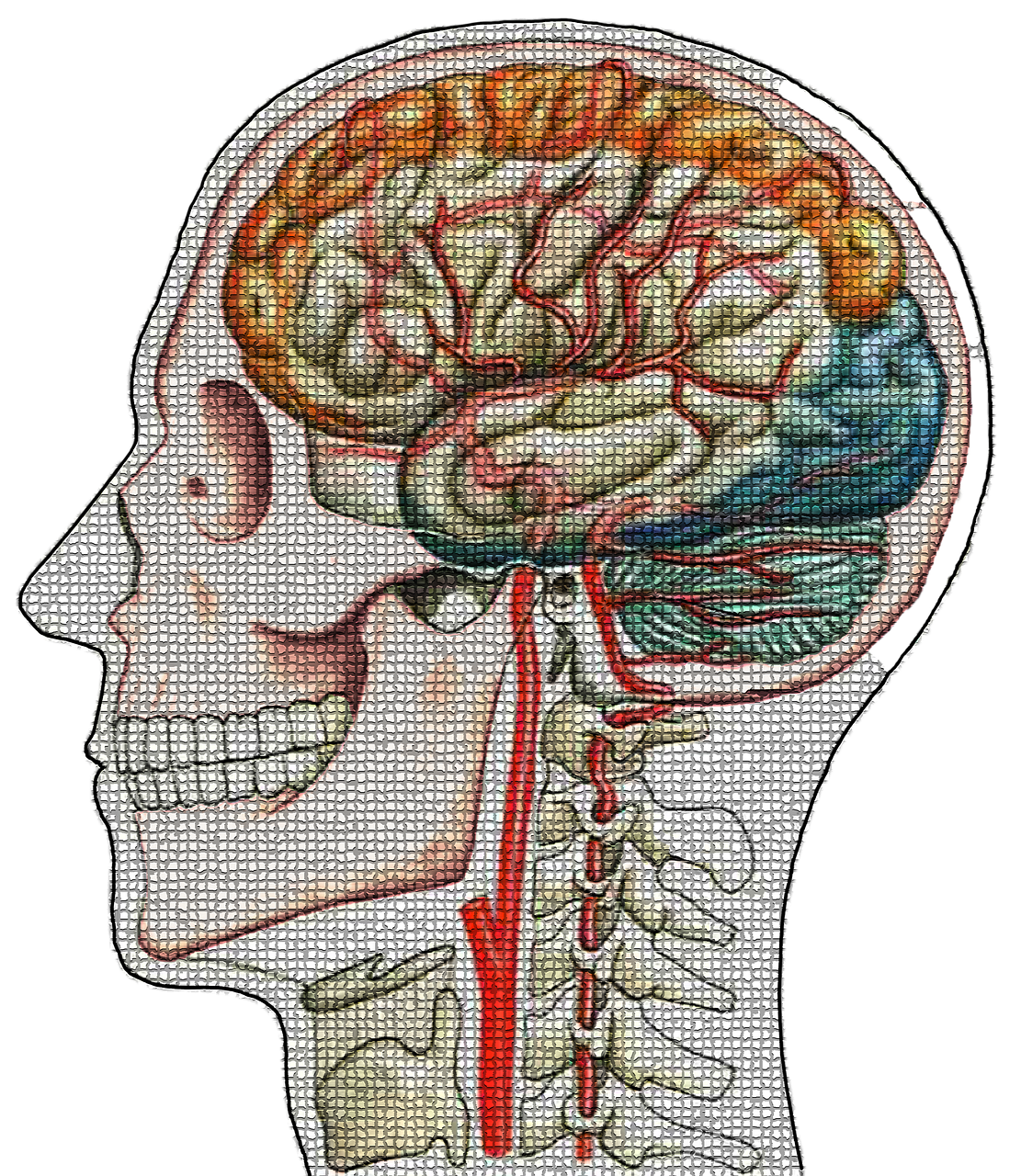
I was reading about Rivaroxaban being in hot scam waters for allegations of falsified data by researchers about it’s safety profile and may not actually be safer than good old Warfarin. Barring such missteps , humans have done an excellent job in taming the beast of stroke. Death rate and prognosis have improved with better understanding, imaging techniques and treatment options. Let’s look at a way of remembering various mechanisms or pathologies of strokes and risk factors.
The first investigation that happens in any suspected stroke is a HEAD CT – makes for a good mnemonic. Here are various pathologic mechanisms of a stroke to consider in any patient, which can help in planning treatment and secondary prevention.
H – Hemorrhagic
E – Embolic ( Cardiac such as AFib, mural clots, vegetations & Venous i.e. PFO)
A – Atherosclerotic, Arteriosclerotic & Autoimmune vasculitic stenosis & occlusion
D – Dissection , Degenerative (Lipohyalinosis of small vessels seen in lacunar strokes)
C – Cerebral hypo-perfusion ( watershed phenomena)
T – Thrombosis due to above and coagulation disorders
The same phrase HEAD CT will also help ya remember the modifiable risk factors associated with strokes to seek & address in your patient
H –Hypertension
E – Exercise deficit , Excess body weight
A – Atrial Fibrillation , Aneurysms
D – Diabetes Mellitus
C – Cholesterol excess, Carotid disease , COVID-19
T – Tobacco smoking
P.S. Mnemonics get easier to recall the more you use them in clinical practice , the more cases you see, the more you remember. As u become an experienced clinician u won’t need these much.
Don’t miss these fun posts! Subscribe via email 📩 | |
